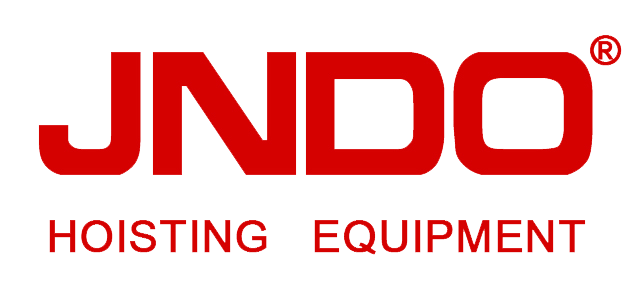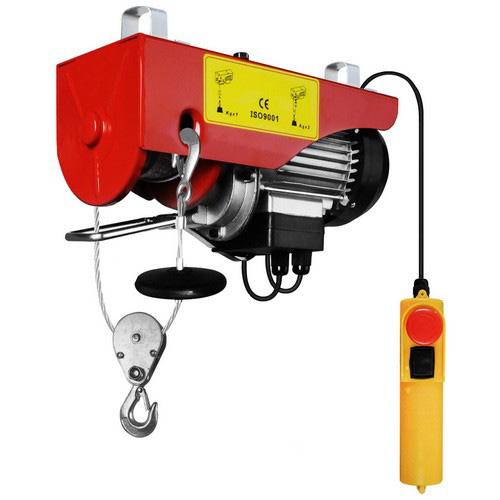- 山东骏腾起重设备有限公司
Industry information
Hoisting machinery classification
Lifting equipment classification:
1. Light and small lifting equipment
The light and small lifting equipment is characterized by light weight, compact structure, simple movement, and the working range projection is mainly point and line. Light and small lifting equipment generally has only one lifting mechanism, which can only make the heavy object a single lifting movement. Among these categories are: jacks, pulleys, hand (gas, electricity) moving hoists, winches and so on. Electric hoists are often equipped with running trolleys and metal frames to expand the range of work.
Second, bridge crane
The characteristics of the bridge crane are that the heavy objects hanging on the hooks or other pick-up devices can be vertically lifted or horizontally moved in the space. Bridge cranes include: hoisting mechanisms, large and small car operating mechanisms. By relying on the cooperation of these mechanisms, the heavy objects can be lifted and transported in a certain cubic space. Bridge cranes, gantry cranes, loading and unloading bridges, metallurgical bridge cranes, cable cranes, etc. are all such.
Third, boom crane
The characteristics of the boom crane are basically the same as those of the bridge crane. The boom crane includes a hoisting mechanism, a luffing mechanism, and a rotating mechanism. By relying on the cooperative action of these mechanisms, the weight can be lifted and carried in a certain cylindrical space. The jib cranes are often mounted on vehicles or other forms of transport (moving) tools, thus forming a gantry-type rotary crane. Such as truck cranes, tire cranes, tower cranes, portal cranes, floating cranes, railway cranes, etc.
Fourth, the lift
The feature of the lift is that the heavy object or the pick-up device can only be lifted along the guide rail. Although the lift has only one lifting mechanism, there are many other attachments in the elevator, so it is composed of a separate type, including: elevators, freight elevators, ship lifts, and the like. In addition to this, cranes have a variety of classification methods. For example, according to the sorting device and the use, there are hook cranes, grab cranes, electromagnetic cranes, metallurgical cranes, stacking cranes, container cranes and rescue cranes; and classified by type of transport, there are fixed cranes and running cranes. , self-propelled cranes, towed cranes, climbing cranes, portable cranes, truck-mounted cranes, etc.; classified by driving method, there are supporting cranes, suspension cranes, etc.; according to the use occasions, there are workshop cranes, machine room cranes, warehouse cranes , storage yard cranes, construction cranes, engineering cranes, port cranes, shipyard cranes, dam cranes, ship cranes, etc.




